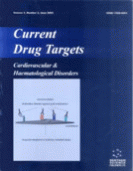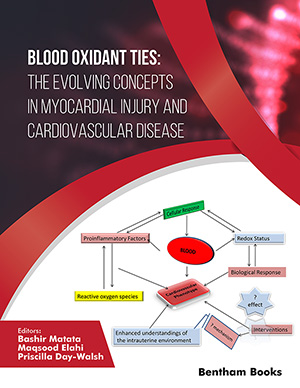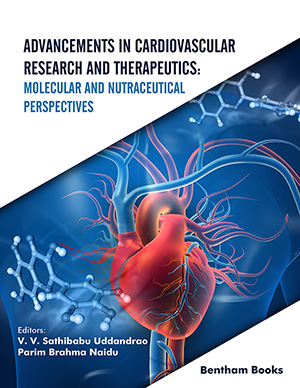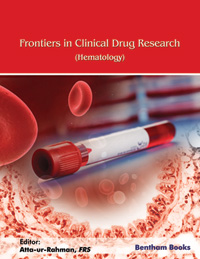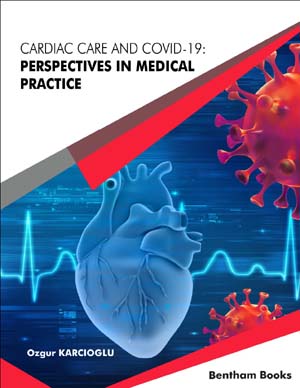
Abstract
Remodeling of the myocardium is the major mechanism for disability and death in prevalent cardiovascular diseases such as hypertension, heart failure and myocardial infarction (MI). It is a complex process that involves changes in structure, shape and topography at the global level and changes in myocytes and non-myocytes at cellular and subcellular levels that impact negatively on function. Although the myocytes subserve the hearts pump function, the predominant cell type in the heart is the fibroblast (not the myocyte). The fibroblasts major role is deposition of the extracellular matrix (ECM) of which collagen is the principal component. The cardiac extracellular collagen matrix (ECCM) maintains structural and functional integrity, and contributes to coordinated mechanical action with every systole during life. Excessive collagen deposition or pathological fibrosis is an important contributor to left ventricular (LV) dysfunction and poor outcome in hypertension, MI and heart failure. It is also an important problem in the aging heart. Antifibrotic agents that target steps in the collagen synthesis and degradation pathways therefore represent promising strategies for these diseases. Because reparative fibrosis is an essential component of healing of the infarct zone (IZ) after MI, the design of approaches that separately target the IZ and non-infarct zone (NIZ) is challenging. It may be possible in future to target the collagen pathways in the heart or regions of the heart, and not other areas or organs, by delivering drugs or genes locally to specific regions.
Keywords: fibroblasts, myofibroblasts, collagen types, tgf, cytokines, prolyl 4-hydroxylase, angiotensin II, ace, aldosterone
 58
58

